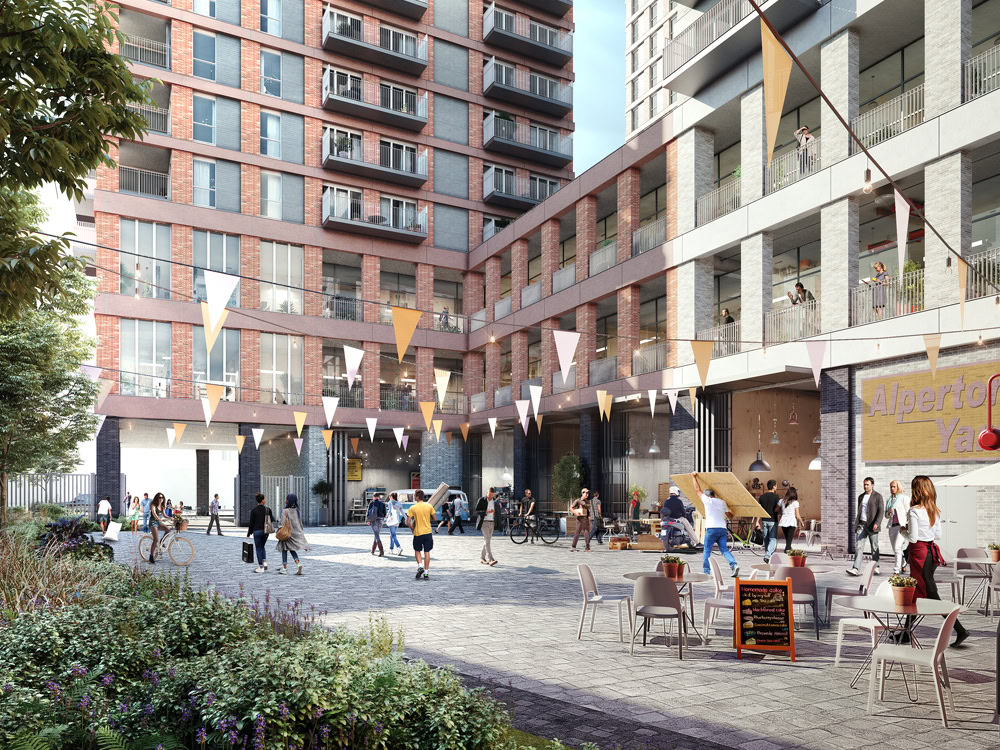Who is responsible during design and construction?
The Client (the person or organisation commissioning the work) has the overarching legal responsibility to ensure:
- Building work complies with building regulations
- Competent duty holders (Principal Designer and Principal Contractor) are appointed
- Work is planned, managed, and monitored properly
- The Golden Thread of information is started and maintained (for HRBs)
- Gateway submissions (for HRBs) to the Building Safety Regulator (BSR) are made
The Principal Contractor:
Anyone who manages or carries out building work, is responsible for:
- Planning, managing, and monitoring the construction work to ensure compliance with building regulations.
- Ensuring contractors follow safety and compliance processes.
The Principal Designer:
If more than one designer is involved, the Principal Designer is responsible for:
- Planning, managing, and monitoring the design work to ensure compliance with building regulations.
- Coordinating design team members to avoid regulation breaches.
These roles must be formally appointed and competent as per the Building (Dutyholders and Competence) (England) Regulations 2023.
Who is responsible for ensuring buildings meet the requirements of the BSA during the occupation stage?
The Accountable Person (AP), often the building owner or management company, is responsible for:
- Managing safety risks (e.g. fire, structural failure)
- Registering the building with the BSR
- Maintaining a Safety Case Report and the Golden Thread
The Principal Accountable Person (PAP), leads compliance if multiple APs exist.
What is the Golden Thread?
A digital record of building safety information that is:
- Accurate, up to date, accessible, and comprehensive
- Required for the entire life cycle of an HRB
From October 2023 dutyholders must create, maintain, and hand over the Golden Thread as part of the Gateway process.
It must be structured, searchable, and updatable.
Understanding the Gateway Process
HRBs must pass through three gateways:
- Gateway 1 – fire safety considerations at planning stage
- Gateway 2 – building control approval before construction
- Gateway 3 – completion certificate before occupation
Each gateway is a mandatory hold point.
How can Stace support compliance?
Stace acts as Principal Designer and Client Advisor through
- BSA and BR
- CDM Regulations (since 1994)
Our approach:
For every project, we undertake an assessment process to confirm we have the organisational capability and individual competence for the complexity of the project.
Stages 1-4
- Confirm client duties
- Coordinate design team using RACI matrix
- Document compliance and outstanding issues
Stages 5-6
When retained through the construction phase, we:
- Liaise with the contractor to clearly define their responsibilities and requirements.
- Monitor compliance via workshops and trackers
- Provide evidence and final compliance report
Real-world challenges and solutions
Is my building an HRB?
We helped a client reclassify a seven-storey office building, initially deemed an HRB due to an adjacent residential unit, by proving independence. We thus avoided the gateway process – saving time and cost.
My building work started before the Regulations came into force, can I occupy when completed?
Yes. Projects started before 3 April 2023 can continue under the previous regulations. Upon completion, they must obtain a final certificate and register with the BSR to be occupied.
Navigating the BSA is complex. But early collaboration between clients, designers, and contractors is key to avoiding delays and ensuring compliance. At Stace, we’re committed to sharing best practices and learning from our industry peers.
Get in touch if you’d like to chat further.



